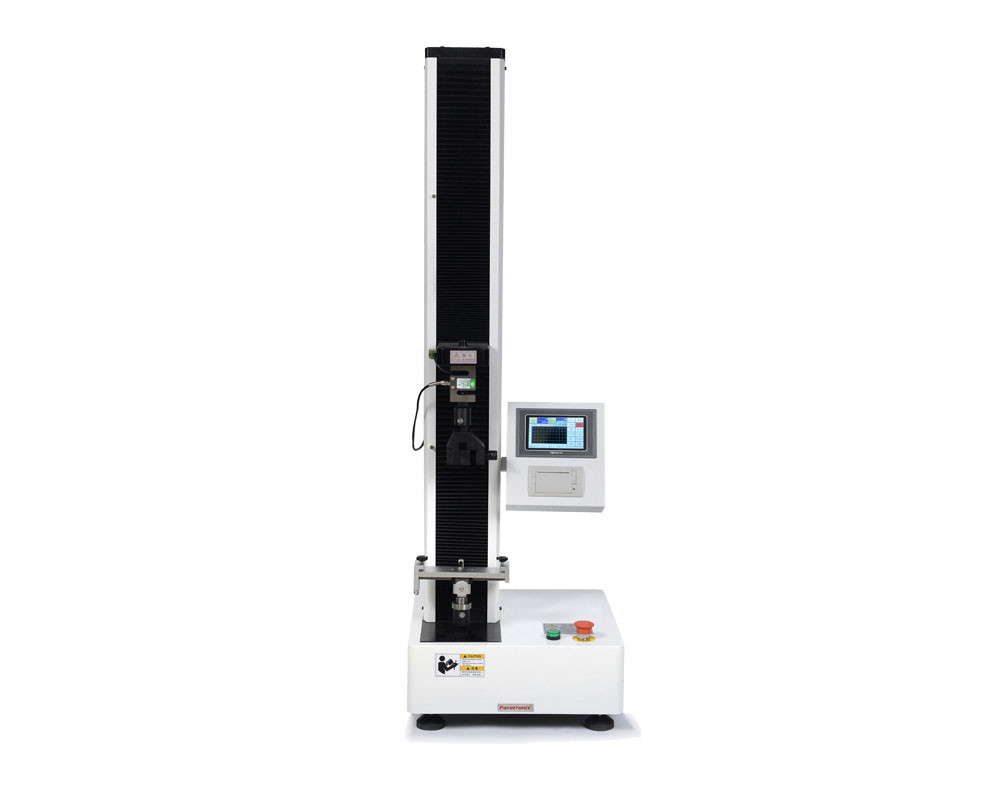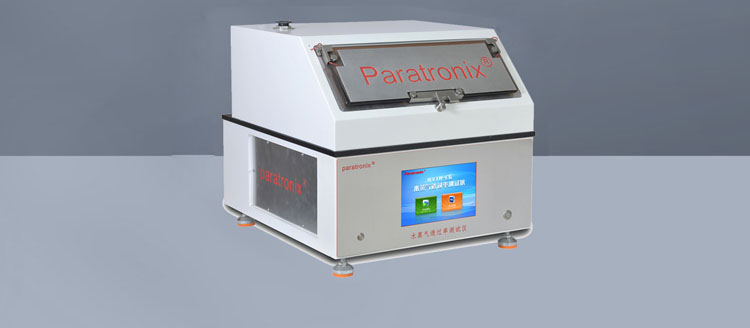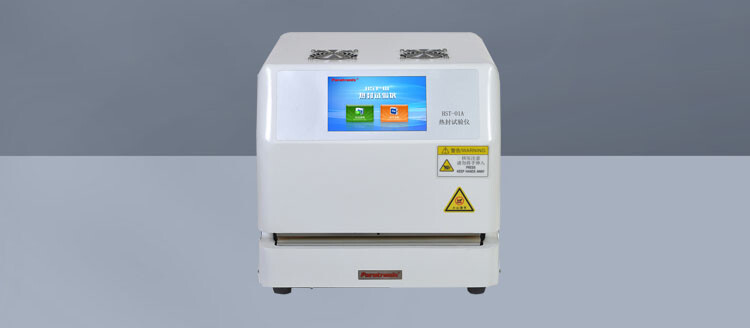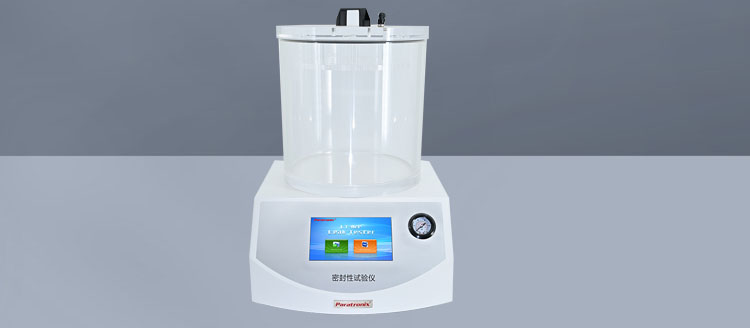Recent Posts
 Maintenance methods for thin film thickness detection instruments2025-12-15
Maintenance methods for thin film thickness detection instruments2025-12-15 Method for detecting the opening tension of food chain self sealing bags2025-12-03
Method for detecting the opening tension of food chain self sealing bags2025-12-03 Packaging industry testing instrument - moisture permeability tester2025-11-26
Packaging industry testing instrument - moisture permeability tester2025-11-26 What testing instruments are used for testing the heat sealing performance of thin films?2025-11-20
What testing instruments are used for testing the heat sealing performance of thin films?2025-11-20 Precautions for using negative pressure seal detector2025-11-10
Precautions for using negative pressure seal detector2025-11-10
Introduction
ASTM F904 is a standardized test method developed by ASTM International to evaluate and compare the bond strength
or ply adhesion of similar laminates constructed from flexible materials. This method is particularly relevant in industries
where laminated flexible materials are used, such as packaging, medical devices, and composite materials. The test
provides a quantitative measure of the adhesive strength between layers, ensuring product reliability and performance.
Scope and Application
ASTM F904 is designed to assess the peel resistance between plies of flexible laminated materials under specific conditions.
The test is applicable to multi-layer laminates where the adhesion strength between layers is critical for product functionality.
Industries that benefit from this standard include:
Packaging: Ensuring the integrity of food and pharmaceutical packaging.
Medical Devices: Evaluating the durability of laminated films in surgical drapes or sterile packaging.
Automotive and Aerospace: Testing adhesive bonds in flexible composite materials.
Testing instrument:ETT-A Multipurpose Tester

Test Principle
The method involves separating two plies of a laminated material at a controlled angle and speed, measuring the force
required to peel them apart. The test can be performed in two configurations:
T-Peel Test: The two plies are pulled apart in opposite directions at a 180° angle.
90° Peel Test: One ply is peeled back at a 90° angle while the other remains fixed.
The peel force is recorded, and the average adhesion strength is calculated in force per unit width (e.g., N/m or lb/in).
Test Procedure
Sample Preparation:
Cut test specimens to specified dimensions (typically 25 mm or 1 inch in width).
Ensure the edges are clean and free from defects.
Conditioning:
Condition specimens in a controlled environment (temperature and humidity) as per ASTM standards.
Testing:
Clamp one ply in the upper grip and the other in the lower grip of a tensile testing machine.
Initiate peeling at a constant crosshead speed (typically 254 mm/min or 10 in/min).
Record the peel force over a defined distance.
Data Analysis:
Calculate the average peel force and standard deviation.
Compare results between different laminates to assess relative bond strength.
Significance of Results
The peel strength obtained from ASTM F904 provides insights into:
Adhesive Performance: Whether the adhesive used meets required specifications.
Process Consistency: Detecting variations in lamination processes.
Material Compatibility: Evaluating how different materials bond under stress.
Limitations
While ASTM F904 is widely used, it has certain limitations:
Results may vary with different peel angles and speeds.
The test may not fully simulate real-world stress conditions.
Surface contamination or aging can affect results.
Conclusion
ASTM F904 is a critical standard for assessing the bond strength of flexible laminates, ensuring quality control and material
performance. By following this method, manufacturers can optimize adhesive selection, improve lamination processes, and
guarantee product durability.
For accurate testing, it is essential to adhere strictly to the standard’s guidelines and consider supplementary tests if
necessary.
Leave A Reply
Search by Keywords





